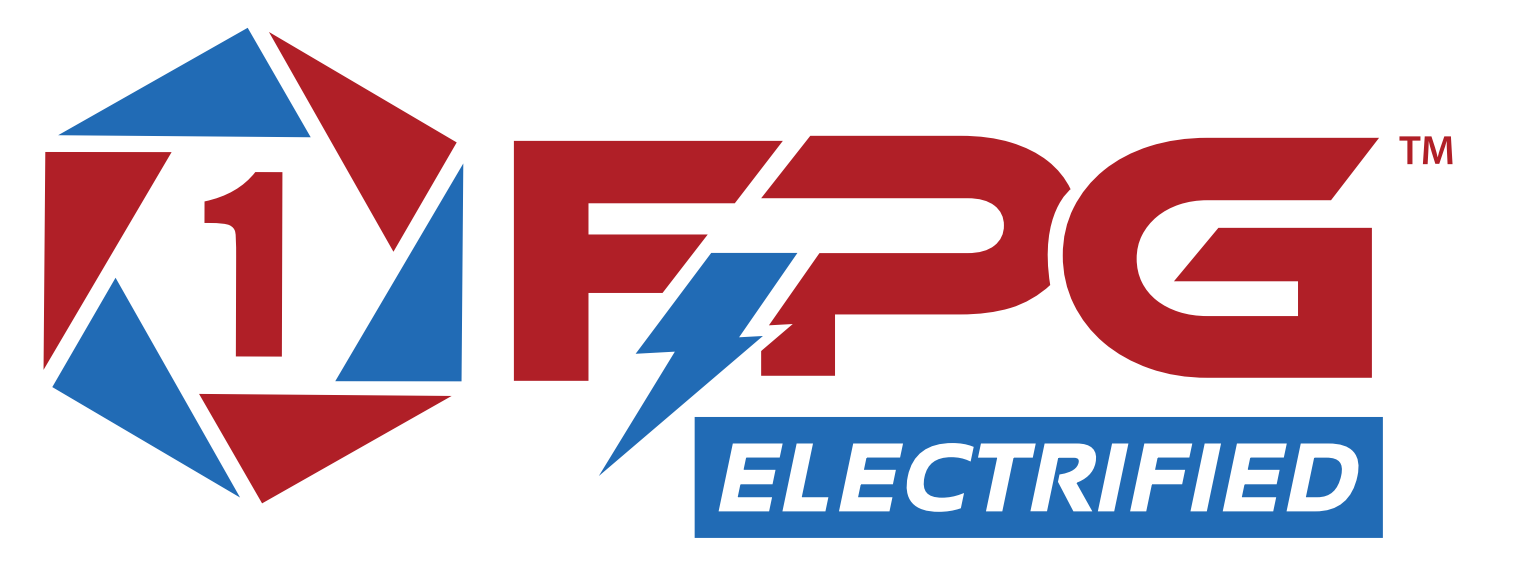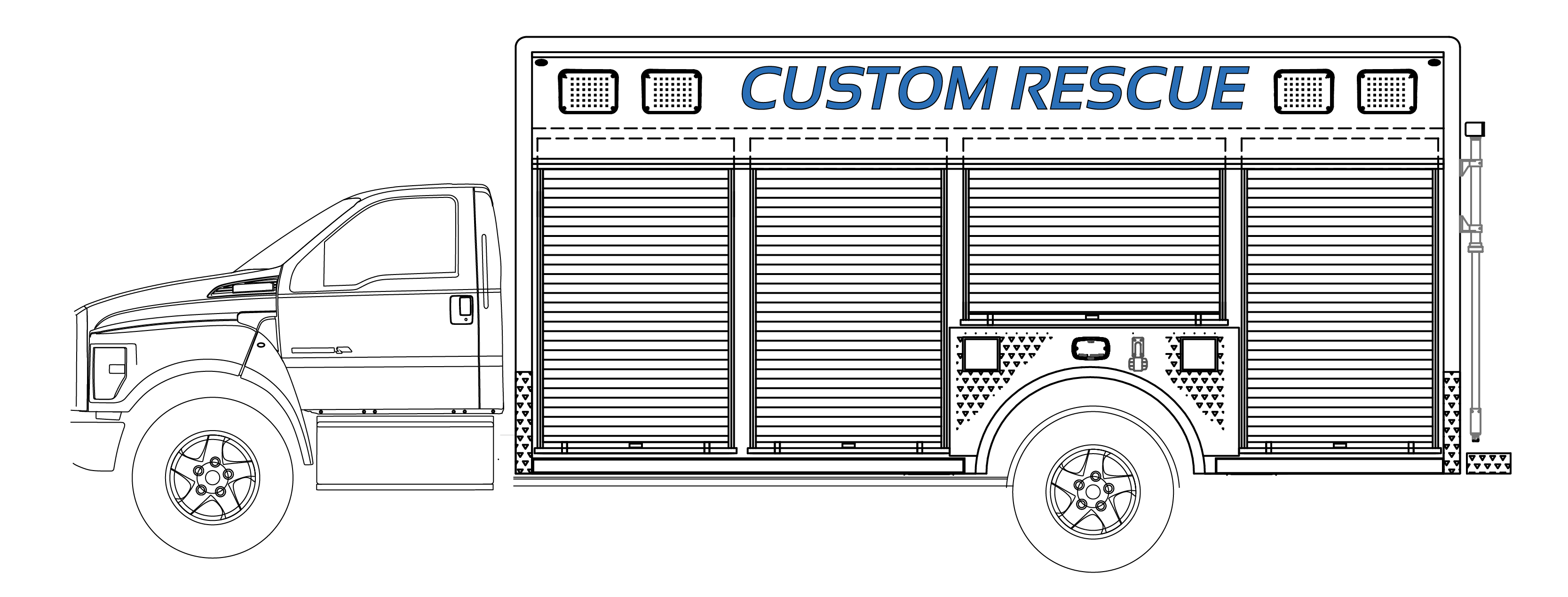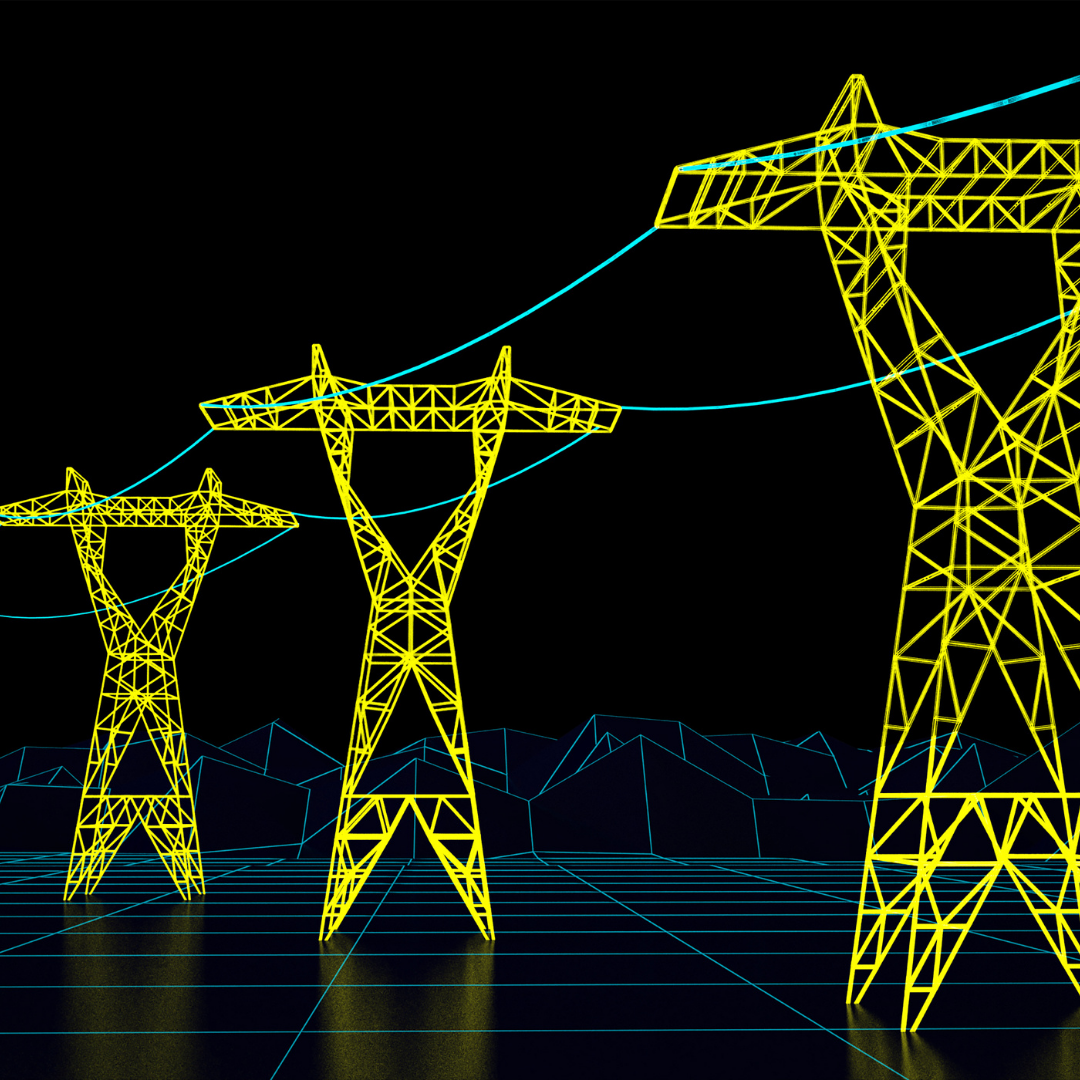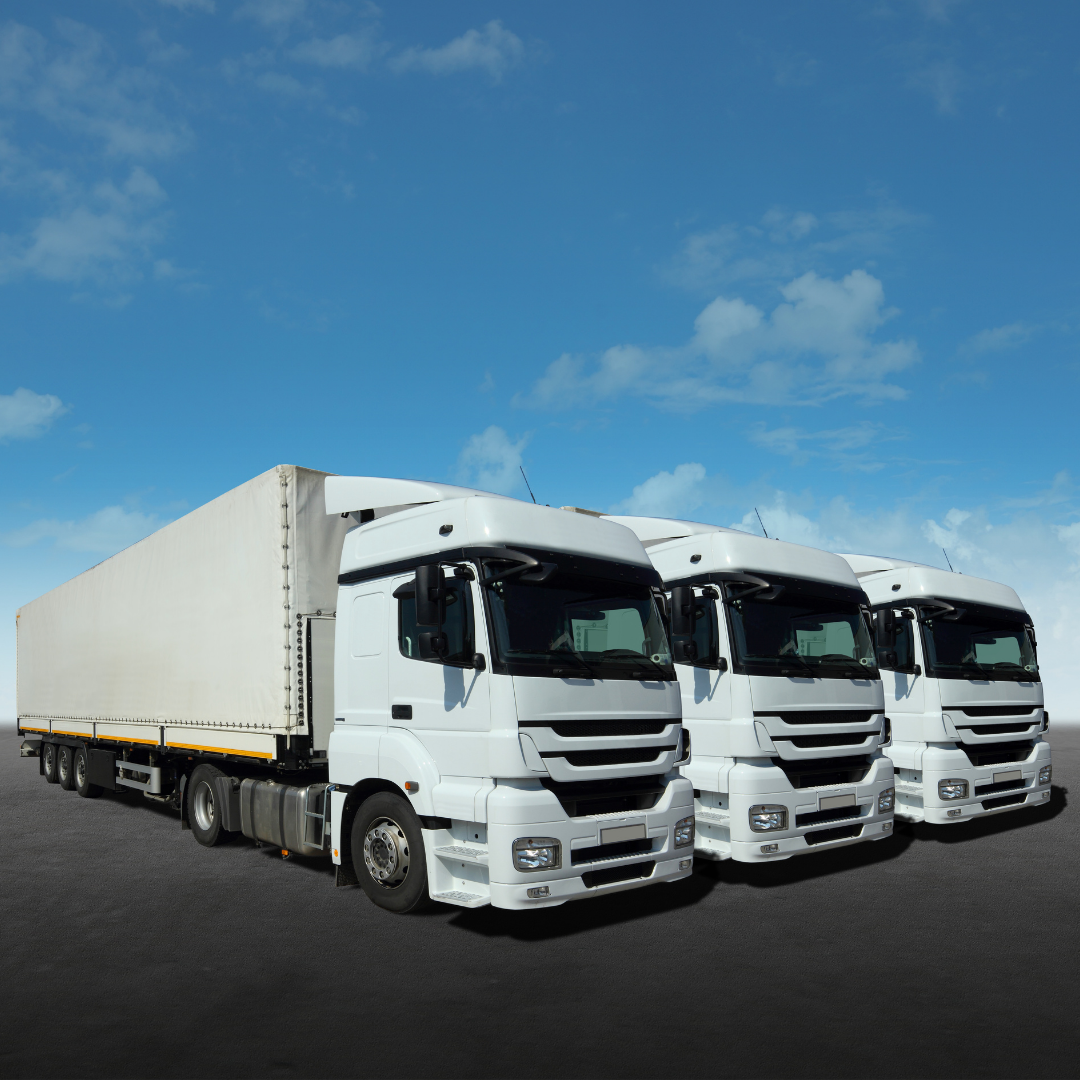- About Us
- EMS


- Conversions

- Body Shop
- Parts/Service
- Graphics
- Contact Us



Dedicated to merging over 20 years of experience serving and upfitting emergency and specialty vehicle fleets, together with our expertise in fleet electrification and clean energy solutions, to create an EV platform with first responders and the environment in mind.
.png?width=540&name=FPG%20Electrified%20Diagram%20(2).png)
There are approximately three million law enforcement, fire and EMS first responders operating over 600,000 emergency vehicles in the United States. For over 20 years, First Priority Group has been serving emergency and specialty vehicle fleets by providing custom vehicle solutions to meet their needs. In addition, the company has been extensively involved in delivery and service of electric vehicles since 2015 positioning FPG as the ideal innovator bringing electrification to its markets.


.png?width=1000&name=NOW%20AVAIALBLE%20ON%20ELECTRIC%20CHASSIS%20(6).png)
For communities, businesses and other organizations seeking to meet strategic clean energy goals and reducing transportation costs, electrifying a fleet is a critical step. Adopting EVs for every day use is becoming easier and more cost-effective and provides critical benefits. Environmental benefits include reducing greenhouse gas emissions which improves public and employee health. Financial benefits include decreasing maintenance costs by approximately 40% and paying the equivalent of less than $1 per gallon of gas. Additionally, FPG can assist fleets to take advantage of private and public grants, tax credits and state/federal incentives to lower the investment costs of EVs and charging equipment.

Increase in availability and competitive pricing. OEMs shifting investment from internal combustion engines (ICE) to alternative fuel. OEMs now offering all-electric light, medium and heavy-duty electric trucks including BYD, Deimler (Freightliner), Volvo, Navistar, Mitsubishi, Tesla, Ford F-150, GM Chevy Silverado, and more.
Favorable policy deployment. Multiple states have adopted goals for zero emission vehicle (ZEV) deployment including incentives for both vehicles and infrastructure. All major markets have fuel economy and emissions regulations in place. Governors in NJ and NY have both announced ambitious goals for fleet electrification.
Emergency response vehicles on city and county streets are focused on safety and saving lives. By transitioning to electric vehicles, fleets will more effectively serve their mission by providing a safe, emissions-free ride for first responders and their communities.Alex Cherepakhov
CEO of First Priority Group
FPGe is presently setting up dealer arrangements with several Battery Electric Vehicle (BEV) manufacturers for light and medium-duty Command and Rescue trucks ranging from Class 3 through Class 6 (GVWRs from 14,000 through 26,000 lbs), including the all-electric F-150 Lightning, the Ford E-Transit Van, and a Ford F-650BEV. Detailed information on FPGe’s vehicle product suite will soon be available on this website.
Range varies according to the size of the truck, its duty cycle and its battery capacity. Using a Level 2 charger at 240V electrical supply equipment, charge times are estimated as follows:
|
Vehicle |
Estimated kWh |
Charge from 15% to 100% |
Miles per Charging Hour |
Range |
|
Ford F-150 |
115* |
5.8 hours |
30 |
230* |
|
Ford E-Transit |
67 |
10.7 hours |
10 |
126 |
|
Ford F-650 |
150 |
7.8 |
13 |
100 |
*Extended range-range battery options available.
Each Electric Vehicle will be accessorized to the customer’s specific requirements. Available accessories could include:
• Solar charging panels / systems (200 to 400 watt)
• Electric water heaters
• WIFI boosters
• Auxiliary battery capacity systems (Lithium batteries for extended EV operation of accessories, lights, radios, cell phone chargers, AC outlets, etc).
• Auxiliary electric heaters and air conditioners
• Electric refrigerators or freezers
• Cooking systems (all electric induction or microwave, etc).
• Shore power connections for charging auxiliary batteries or running electric accessories
As batteries wear, their capacity to absorb a charge diminishes. So the range of electric vehicles will diminish with age. Most OEMs, including Ford, have an 8-year or 100,000 miles warranty period (with a maximum of 20% degradation) on their batteries. In California and 15 other states that follow California emissions laws, OEMs will have to warranty the batteries to 10 years or 150,000 miles which will most likely become the national standard within the next 2 years.
FPG Electrified will work with each customer to help determine which type and quantity of EV models best fit their fleet’s needs. FPGe's Fleet Electrification Assessment will evaluate a number of different factors including an inventory of existing vehicles, maintenance and fuel costs, life cycle and duty cycle, routes, etc. The output of the Assessment will include recommendations for EV replacement types, number of vehicles, initial capital investment, total cost of ownership (operating costs) and estimated reduction in emissions.
V2G stands for “vehicle-to-grid” and is a technology that enables energy to be pushed back to the power grid from the battery of an electric vehicle. In a nutshell, the idea behind vehicle-to-grid is similar to regular smart charging. Smart charging, also known as V1G charging, enables the user to control the charging of electric cars in a way that allows the charging power to be increased and decreased when needed. Vehicle-to-grid goes one step further and enables the charged power to also be momentarily pushed back to the grid from vehicle batteries to balance variations in energy production and consumption. Since at any given time 65 percent of electric vehicles are parked, the batteries in electric vehicles act like mobile power plants and let electricity flow from the vehicle back to the electric distribution network.

Grant Research & Funding
.png)
Fleet Configuration
.png)
Charging Infrastructure

Vehicle to Grid Integration
.png)
Demand Management/Energy Storage

Total Project Management
|